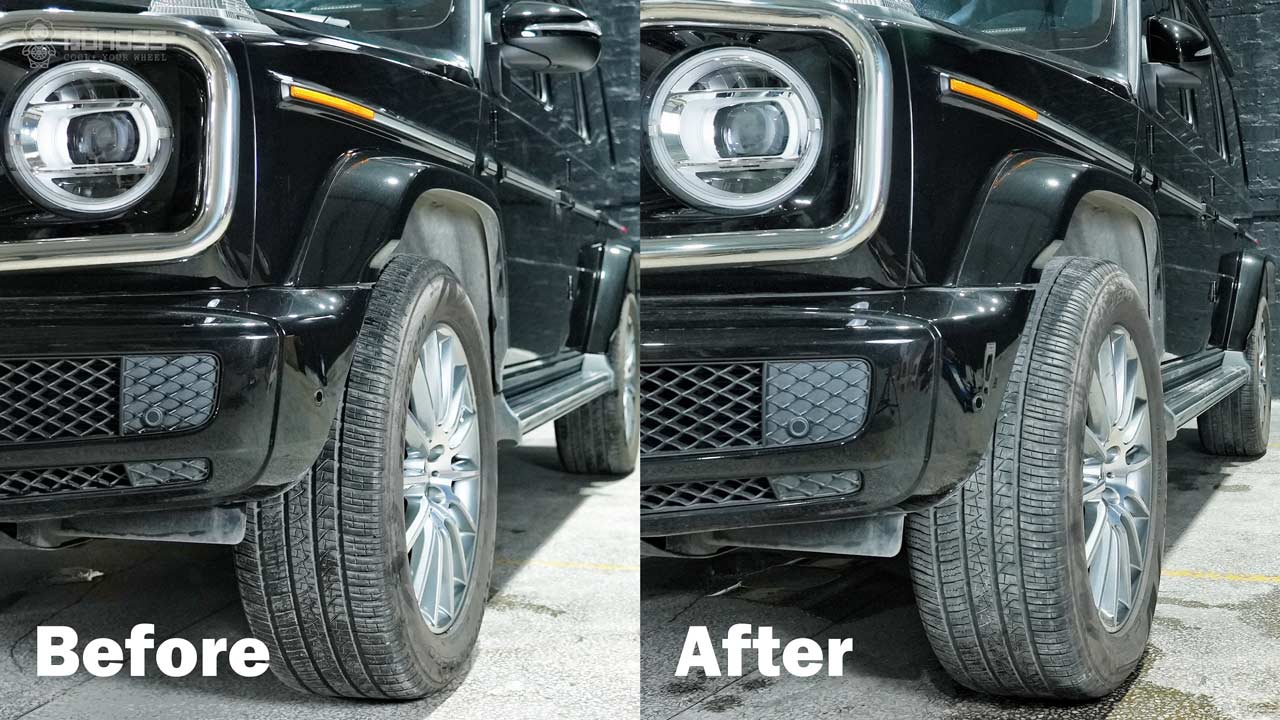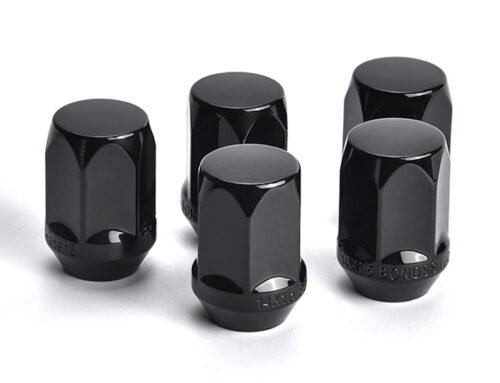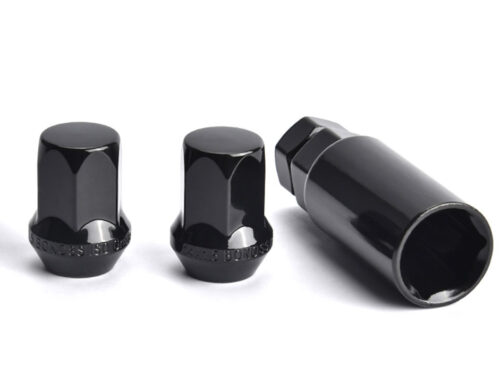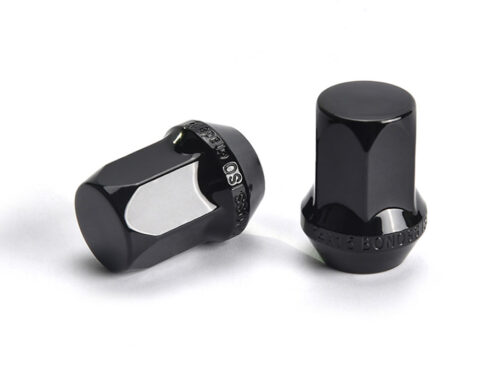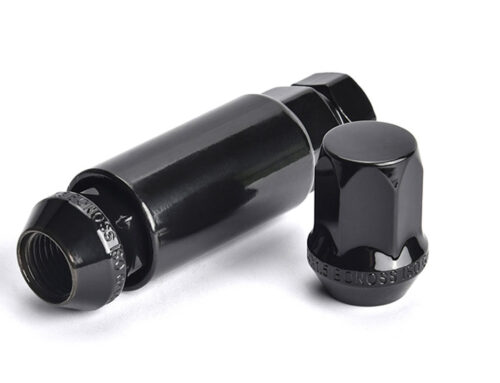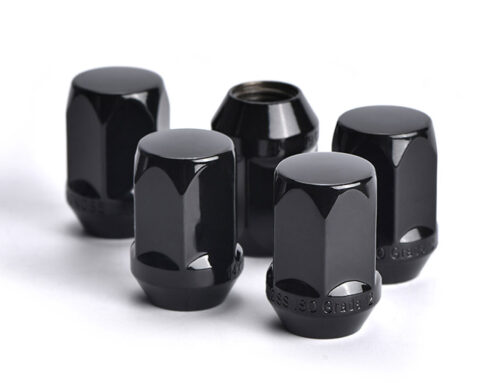Quality aluminum wheel spacers are safe and useful. They are lightweight meanwhile strong, effortless to withstand heat and forces, and are generally more attractive than steel spacers. Due to the material properties, Aluminum alloys are good in corrosion resistance and rust-proof. Wheel spacers made of aluminum alloys are no different. They are resistant to rust and corrosion, unlike their steel counterparts.
The best advantage of aluminum alloy wheel spacers is that they are much lighter in weight. Low weight leads to better performance and handling. In addition, alloy spacers are better at conducting heat. This has a positive impact on the brake rotors. In summary, aluminum wheel spacers are a good option for a balance of performance, cost, aesthetics, and gas mileage.
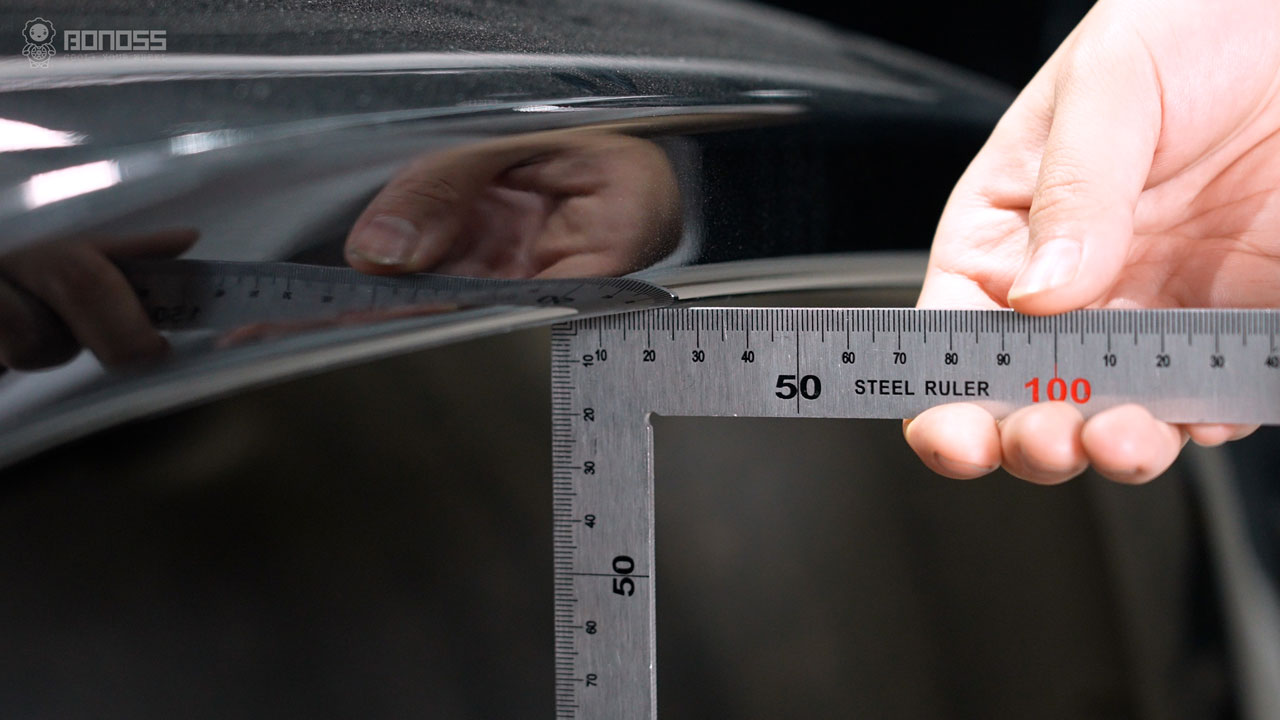
Proper Size Wheel Spacers Are Safe
Wheel spacers come in a very wide variety of sizes. For most OEM setups, spacers up to and including 12mm will not cause rubbing issues. For aftermarket wheels and tires, you have to take wheel offset into consideration. Simply put, a 1-inch wheel spacer will reduce about 25mm offset. Use the wheel offset to subtract the final offset you want, then the result is the perfect thickness of your wheel spacers.
If you would like a flush wheel style, then a straight edge will be helpful. Take a straight edge and place it against the outermost part of the rims/tires, then measure from the outside wheel to the fender line to see how much space you have available. Repeat this on the front and rear wheels and you’ll soon get the perfect thickness that makes the wheels flush with the fender. Keeping the wheels still covered by the fenders is a very safe operation.
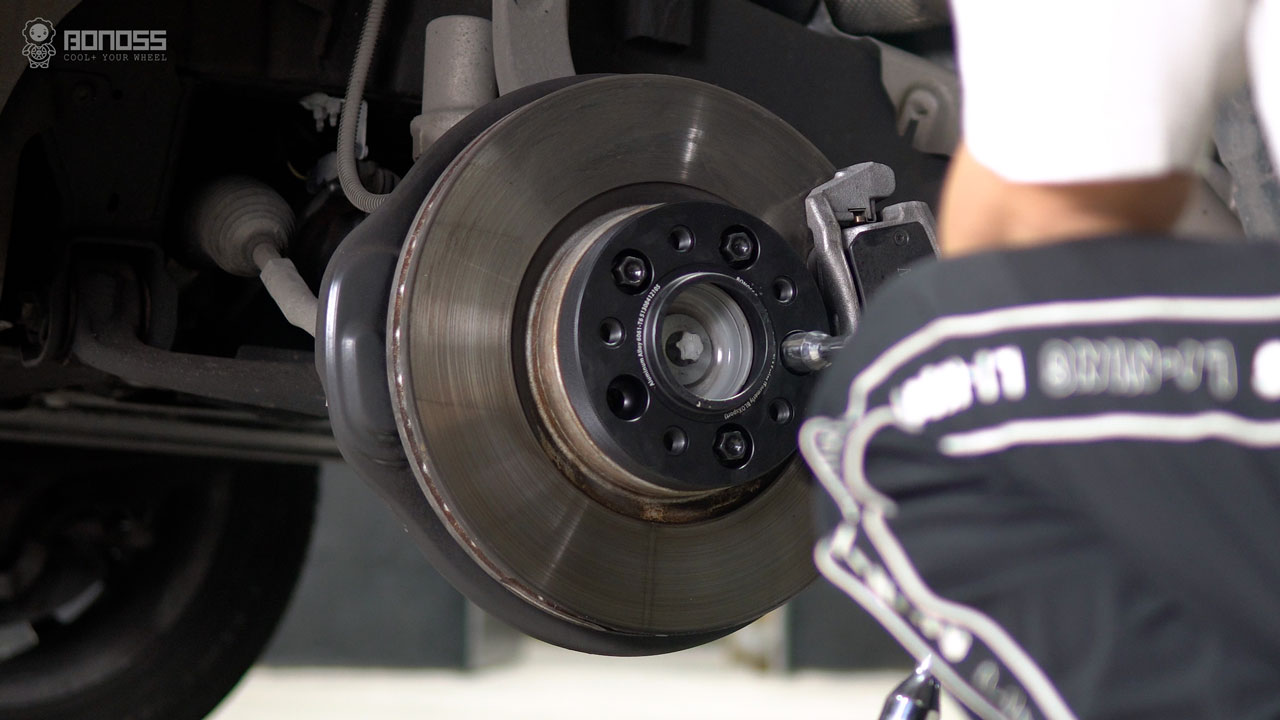
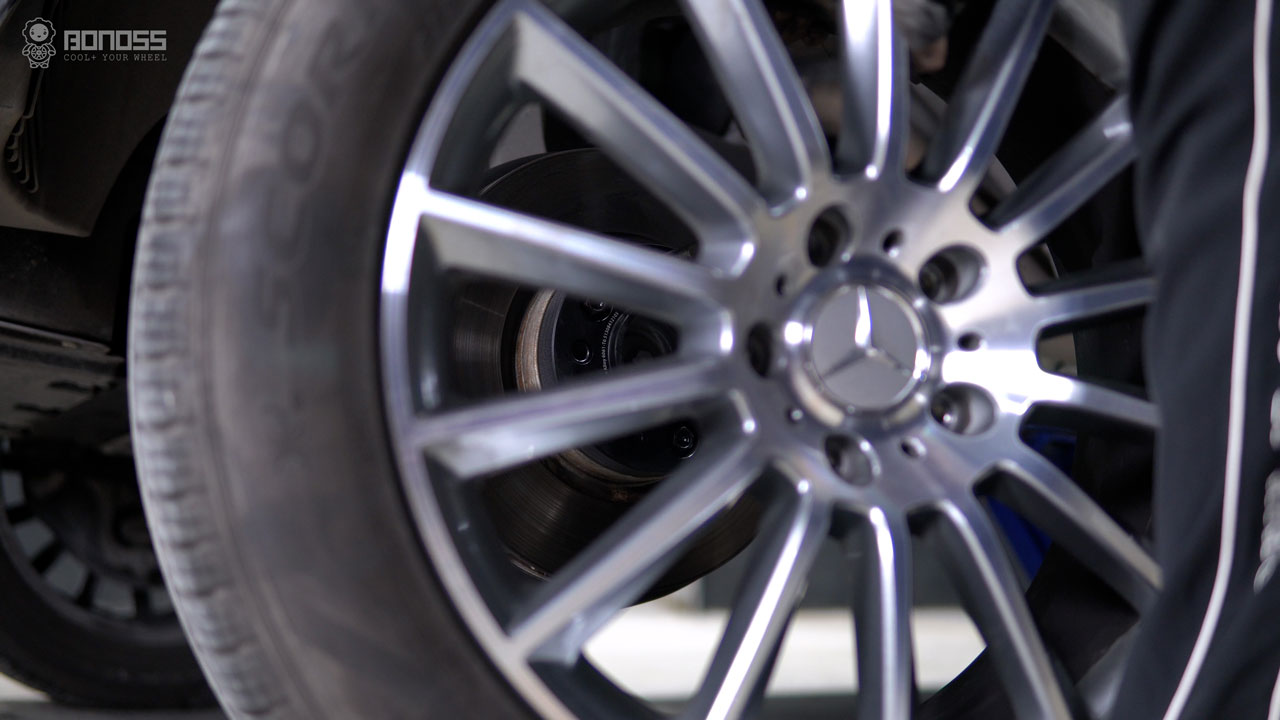
Forged Aluminum Wheel Spacers Are Safer
Modern wheel spacers are made with different processes. The majority of spacers today are made of forging or casting aluminum alloy, meaning they provide different handling characteristics, maintenance needs, and upsides. Most casting spacers are made by pouring molten aluminum into a mold. Because of cavities, porosity, and shrinkage, casting wheel spacers lack the tensile, torsional, or compressive strength to stay within the safety factor of their properly manufactured equivalents. Avoid using these spacers.
BONOSS wheel spacers are all forged. They undergo continuous tons of pressure to form. This eliminates any porosity, shrinkage, and other micro-processes. The resulting wheel spacers have a high degree of uniformity in the grain structure. Tires tend to bear more force when crossing bumping roads. BONOSS forged aluminum wheel spacers can undertake more stress without breaking, therefore, keeping you and your passengers safe all along the way.
